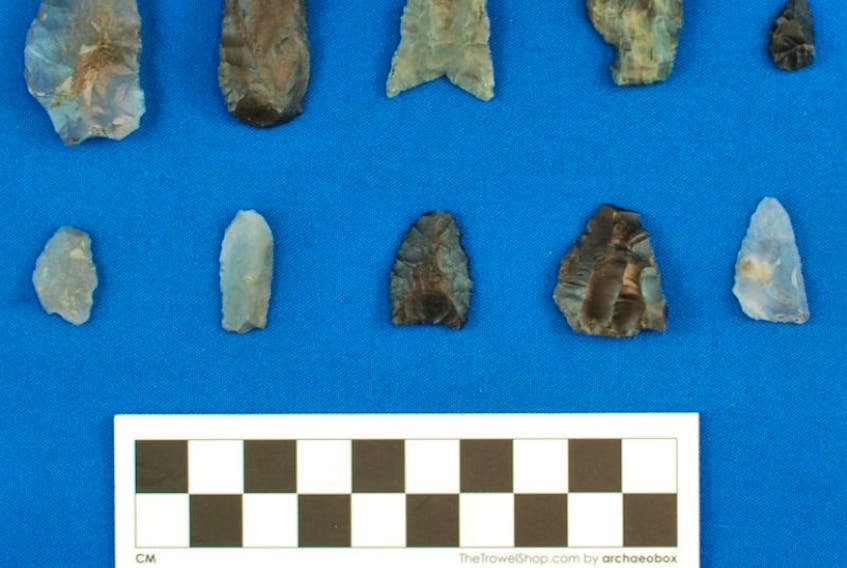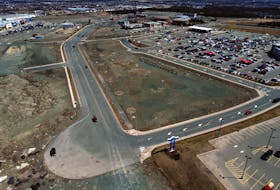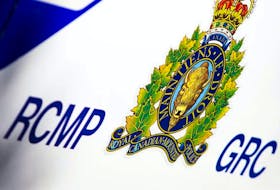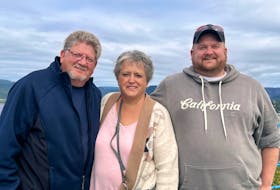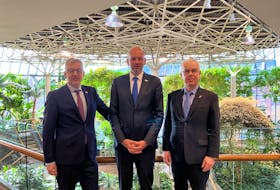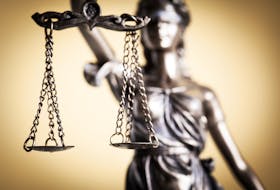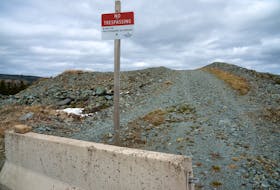The society’s latest community collections research report notes anytime an artifact is removed from its original spot, the context is lost and part of its story can't be told.
“Therefore, if one were to pick up an artifact or come across something of archaeological importance, it is important to write down when and where the object was found and, ideally, take a GPS location with a cellphone or any other device, the report notes. “Then, one should contact the Provincial Archaeology Office (or the Nunatsiavut Archaeology Office if the location is within the Inuit Land Claims area) so that they can do a proper investigation of the find.”
The society is also hoping more people will share from their existing private collections and over the past few years, the society has sought out archaeological
material tucked away in “the lockers, sheds, attics and shoeboxes” of the province through its Community Collections Archaeological Research Project, the report says.
The latest report, written by Memorial University masters of arts candidate Anatolijs Venovcevs, focuses on archaeological materials collected by Carol Brice-Bennett from Hebron, Okak, Battle Harbour and Red Bay in Labrador, as well as archaeological and ethnographic materials from Conception Bay.
Brice-Bennett was involved early on in the push by the Labrador Inuit Association for a land claims agreement and self-government, Venovcevs notes. She is a former director of the Labrador Institute in Happy Valley-Goose Bay.
The material in the collection consists of 35 artifacts – seven pipes from Conception Bay, Newfoundland, as well as eight spoons, two forks, and four lead line weights from Bareneed, Port de Grave Peninsula, Conception Bay.
There are is one stone point from Okak Bay, Labrador; 10 lithic artifacts from Battle Harbour, Labrador; two tile fragments from Red Bay, Labrador and one brick from Hebron.
The report concludes that while the context of the items are lost they “still have value in the stories they contain and in the information they provide regarding the cultural heritage of the province.
“The silverware from the house in Bareneed and the smoking pipes from the bottom of Conception Bay supply useful information about the sorts of late-19th and early 20th-Ccentury material culture that was available on the island of Newfoundland, the report notes.
“The stories within the objects speak of fraternal orders and possible forged hallmarks making teaspoons pass for something more expensive
than what they actually were. The tiles from Red Bay remind us of the lengths the Basque whalers went to properly establish their premises in southern Labrador. The stone point from Okak Bay represents a third of all material recovered from that Maritime Archaic site while 10 more artifacts are now analyzed for a Dorset site which has since been covered over with gravel. Finally, the brick from Hebron has opened up an interesting inquiry about very expensive industrial-level products being employed in the construction of a Moravian mission in northern Labrador — a question which future research at Hebron should address.
As many of the objects have particular relevance for the Aboriginal peoples of Labrador, and include objects produced by the Maritime Archaic, Paleoeskimo, and Inuit people, Venovcevs will give a free presentation on the collection at 7 p.m. on April 27 in Room 250 at the College of the North Atlantic in Happy Valley-Goose Bay.
Meantime, the society notes collection of archaeological materials without a permit is not legal under current legislation.

